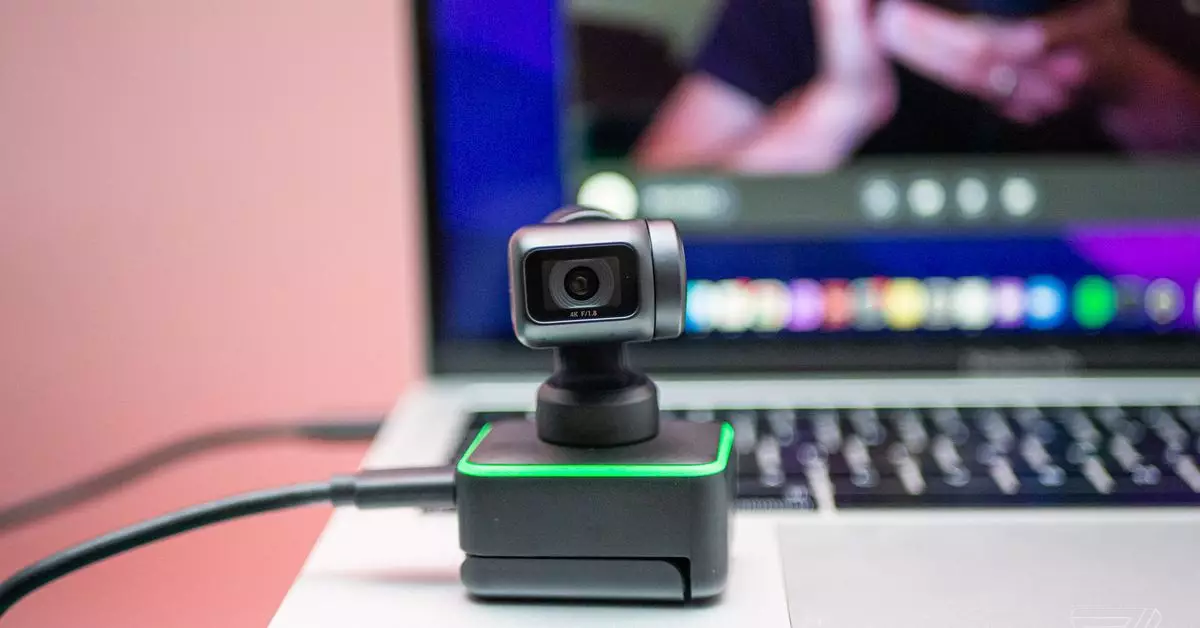In the age of remote work and digital communication, maintaining a productive and comfortable home office has become a necessity for many professionals. With various gadgets and ergonomic furniture options available, establishing a conducive workspace might seem overwhelming. However, by learning from the setups of others, anyone can create an inspiring office. This article will explore key components of an effective home office through the lenses of professional experiences, focusing on comfort, technology, and overall ergonomics.
One of the first investments to consider when setting up a home office is an ergonomic chair. The role of a chair extends beyond mere comfort; it significantly influences posture and long-term health. A good office chair must support back health, especially for those who spend long hours sitting. For instance, models like the HON Ignition 2.0 office chair offer adjustable features such as tilt and swivel capabilities, ensuring a customized fit for different body types. This particular model was chosen after an exhaustive search, reflecting the user’s commitment to maintaining spinal health despite struggling with back problems in the past.
Beyond the initial price tag, a quality ergonomic chair represents a long-term investment in one’s productivity and health. Even as usage takes its toll—evident by fabric wear and tear—such chairs can stand the test of time when selected with care. Thus, the overarching lesson is clear: prioritize ergonomics in your office chair selection process.
Another vital aspect of a well-rounded home office setup is the quality of the screens used for work. A high-resolution display tablet, such as a 23.8-inch 4K UHD model, can directly impact productivity for creative professionals like graphic designers or digital artists. This type of screen allows for precise details and vibrant colors that can elevate any creative project.
The beauty of a dual-screen setup is its flexibility—it allows users to easily transition from design tasks to other work with just a swivel. Such a system promotes seamless workflow, reducing the time wasted switching between tasks, which is crucial for maintaining focus in a busy work environment.
Smart home devices play an increasingly significant role in today’s home office setups. For instance, devices like the Amazon Echo Dot contribute not just to convenience, but also to productivity. Not only can it manage smart home settings, but it also provides timely alerts and easy access to various media. Using a smart speaker as a supplementary audio output enhances the audio experience during video calls or while listening to music, minimizing the need for headphones.
Moreover, features such as the temperature sensor and improved sound quality show how technology can simplify day-to-day operations, reducing house clutter and allowing for more seamless multitasking. Leveraging smart technology expands the functionality of an office space—and making informed choices about these tools can lead to greater efficiency overall.
When it comes to accessories, ergonomics should reign supreme. Utilizing tools like an ergonomic mouse can vastly improve comfort, particularly for those who engage in extensive computer work. The Logitech MX Vertical, known for its innovative design that drastically reduces wrist strain, illustrates the importance of ergonomic considerations in peripheral devices. This mouse is not just about comfort; it’s about enhancing performance by limiting fatigue, allowing professionals to work longer and more efficiently.
Furthermore, additional devices like the Insta360 Link webcam enhance video conferencing quality by delivering clear visuals while adapting to movements, ensuring a professional appearance in virtual meetings. Although there may be occasional misalignments, investing in quality technology ensures that remote interactions remain as polished as possible.
The importance of quality audio cannot be understated in today’s connected world. Headphones such as Apple’s AirPods Pro or Max provide an immersive listening experience that is both beneficial for music enjoyment and critical for calls. Enhanced noise cancellation features can significantly improve communication clarity, making virtual interactions more productive and enjoyable.
Ultimately, these audio devices should be considered essential, not just for leisure but as integral tools for enhancing work quality. Streamlined engagement in online meetings and efficient listening to educational content or podcasts can directly influence a person’s growth and development professionally.
Creating an ideal home office is a personal journey that prioritizes comfort, ergonomics, and technology. By carefully considering the elements that make up the workspace—from ergonomic chairs to smart devices and high-quality audio—individuals can cultivate an environment that enhances productivity and well-being. As remote work continues to shape how we engage with our professional lives, the lessons gleaned from effective setups become increasingly valuable. Ultimately, the time and effort invested in curating a personalized workspace can yield significant dividends in both satisfaction and output.


Leave a Reply